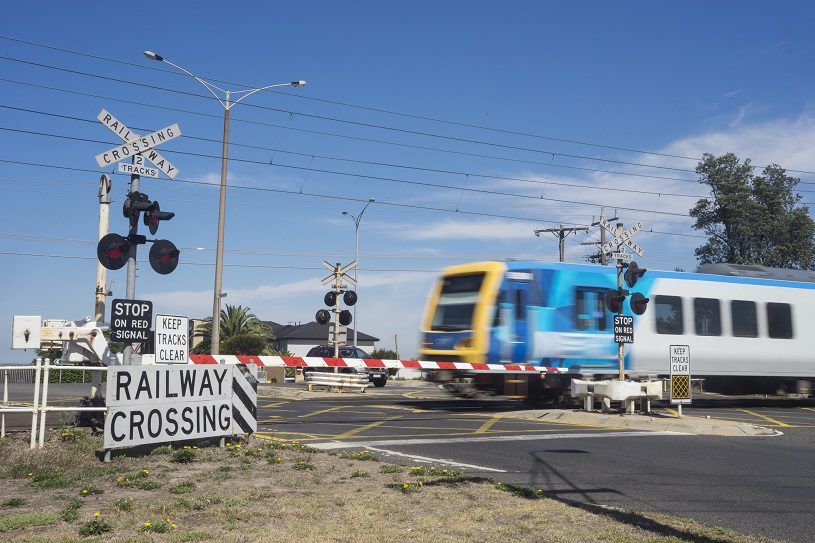
The Federal Government has announced a record infrastructure investment in its Budget handed down on March 29, with $17.9 billion committed to new and existing infrastructure projects across Australia.
This is in addition to the new funding and measures that were announced during the height of the pandemic as part of the JobKeeper Scheme, which the Government said was intended to help get Australia “out of ICU”.
With investments in new and existing infrastructure projects in every state and territory, the Federal Government’s rolling 10-year infrastructure investment pipeline will increase from $110 billion to over $120 billion. This is a new record that the government says will support around 40,000 jobs.
Here, we look at where this money is going and who stands to benefit.
Regional development plan
Regional infrastructure has received record funding in the Budget, with four regions getting $7.1 billion over the next decade to “turbocharge” regional economies, with a focus on building next generation export hubs.
Investment includes $2.6 billion for projects in the Northern Territory, targeting manufacturing and onshore processing of minerals, and $1.7 billion for projects in North and Central Queensland, with a focus on water infrastructure – including dams – and supply chain projects. The Pilbara region in Western Australia will receive $1.5 billion for projects in mining, mineral processing and manufacturing as well as hydrogen and renewable energy, while $750 million for projects in NSW’s Hunter region will be channelled into the Port of Newcastle to develop hydrogen exports to help diversify local economies away from coal mining.
The Northern Australia Infrastructure Facility (NAIF) will also receive an extra $2 billion to finance “critical economic infrastructure projects” raising the total amount available for investment through the agency to $7 billion. This is despite not yet having spent its existing $5 billion allocation.
Rail and freight infrastructure
The Federal Government is injecting $3.7 billion to deliver three faster rail projects across three key corridors:
- $1.6 billion for the Brisbane to the Sunshine Coast rail extension
- $1.1 billion for the Brisbane to the Gold Coast faster rail upgrade
- $1.0 billion for the Sydney to Newcastle faster rail upgrade
This will build on the 20-year Faster Rail Plan and existing $2 billion commitment to faster rail between Melbourne and Geelong.
Investment in key freight corridors and infrastructure projects have also been announced, with the intention to better connect agricultural and mining regions to ports, airports and other transport hubs. This will include $385.4 million for upgrades to major freight corridors across the nation’s north, and $678.0 million to seal another 1,000km of road and deliver further upgrades along Outback Way.
Road and transport
As part of this investment, the Government is extending the Local Roads and Community Infrastructure Program until 2024‑25, providing over $500 million for local councils to maintain and quickly deliver priority local road and community infrastructure projects as a way to further stimulate local economies.
Adding to this, an investment of $180.1 million will be made to establish the Regional Australia Level Crossing Safety Program, which will include upgrades to level crossings, a national level crossing safety education campaign and improved risk assessment.
Water infrastructure
As part of its plan to enhance draught resistance and support agriculture, the Budget will provide $7.4 billion for new and expanded dam projects that increase water security. This includes $6.6 billion for water infrastructure in Queensland to facilitate the development of a new food bowl in Australia’s north and unlock new agricultural export opportunities.
$139.9 million has been pledged to make water delivery in the Murray‑Darling Basin more reliable and make the river system more sustainable, while additional investment of $6.9 billion has been made to the National Water Grid Fund.
If you’re looking for staff within the infrastructure sector, contact Bayside Group today to speak with one of our specialist consultants.



